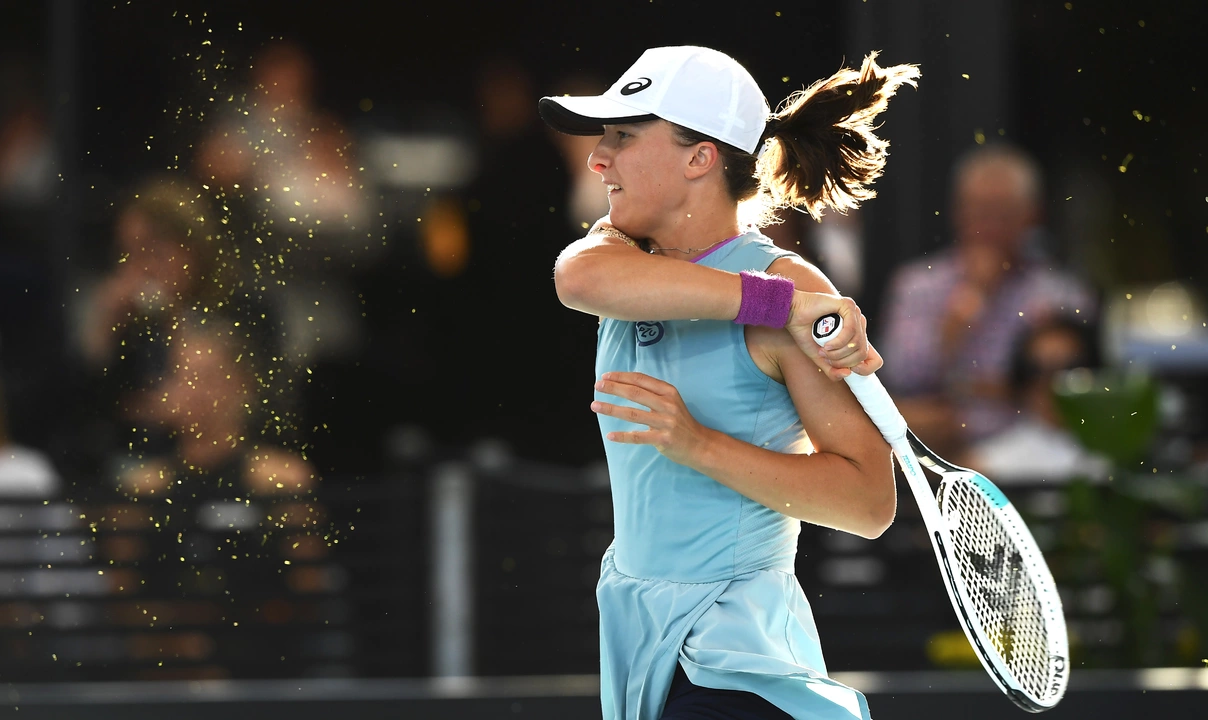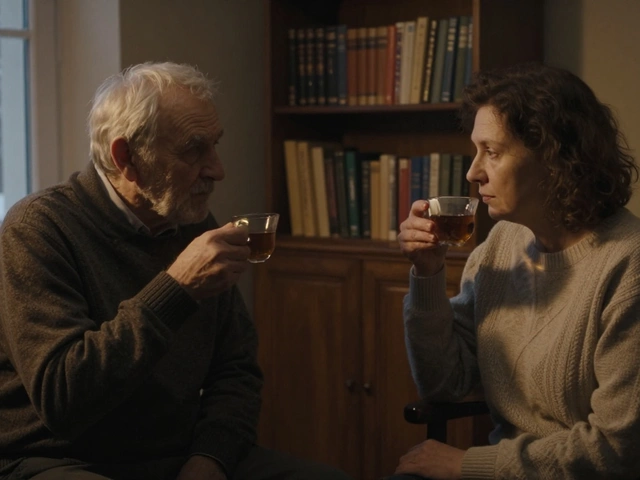Tennis Challenges: How to Overcome the Hurdles on Court
If you’ve ever felt stuck on the baseline, worried about a sore elbow, or just can’t nail that serve, you’re not alone. Every tennis player hits roadblocks – some are tiny annoyances, others can sideline you for weeks. The good news? Most of these challenges have simple fixes you can start using today.
Common On‑Court Challenges
First up, the dreaded tennis elbow. It usually hangs around for 6 to 12 weeks, but with the right physiotherapy routine you can shave weeks off that recovery time. Ignoring it, or trying to play through the pain, only makes it last longer.
Next, many players struggle with the right racket. It’s not about the brand; it’s about weight, head size, and grip. A power racket feels great for beginners but can fling the ball off the sweet spot for advanced players who need control.
Ever wonder why you bend when receiving a serve? That bend helps you stay balanced, read the ball better, and extend your reach. If you’re standing upright, you’ll miss a lot of fast serves.
Wristbands might look like a fashion statement, but they’re actually a sweat‑absorbing lifeline. A slippery hand means a slipping racket, and that equals missed shots.
Even something as simple as washing tennis shoes can turn into a challenge. Tossing them in the washer can fade the material and weaken the glue. Hand‑wash or spot‑clean, then air‑dry for the longest shoe life.
Practical Ways to Beat Them
Start with a short, daily elbow routine: gentle wrist extensions, forearm curls, and ice after playing. Pair that with a qualified physiotherapist and you’ll see improvement fast.
When choosing a racket, demo at least three models. Play a couple of practice sets with each and notice how the weight feels on your swing. If the head feels heavy, switch to a lighter frame; if you can’t generate power, add a little more mass.
To master the bend on serve returns, practice the “ready position” drill. Start in the middle of the court, have a partner feed serves, and focus on bending your knees and hips before the ball even leaves the toss. You’ll develop muscle memory and react quicker.
Keep a couple of clean wristbands in your bag. When you feel sweat building, wipe your hand with a band before the next point. It’s a tiny habit that keeps your grip firm.
For shoes, remove excess dirt with a soft brush, put them in a pillowcase, and use a gentle cycle if you must wash. Skip the dryer – let them air dry away from direct heat. Your shoes will stay supportive longer.
Finally, track your challenges. Write down what’s bothering you after each match, then pick one issue to fix the next week. Small, focused improvements add up, and you’ll notice your game climbing faster than you expect.
Whether it’s an elbow flare‑up, a racket that feels wrong, or just the habit of bending on returns, every challenge can be turned into a stepping stone. Use these practical tips, stay consistent, and watch your tennis confidence grow.
In recent years, we've noticed a trend of young tennis players struggling to win the Grand Slams. One reason could be the dominance of seasoned players like Federer, Nadal, and Djokovic, who continue to maintain a tight grip on these titles. Additionally, the physical and mental demands of Grand Slam tournaments can be overwhelming for young players, making it difficult for them to consistently perform at their highest level. Lack of experience also plays a role, as navigating high-pressure situations is a skill that takes time to develop. Lastly, the increased competitiveness in the tennis world has raised the bar, making it tougher for young players to break through and claim those prestigious titles.
Continue reading...



